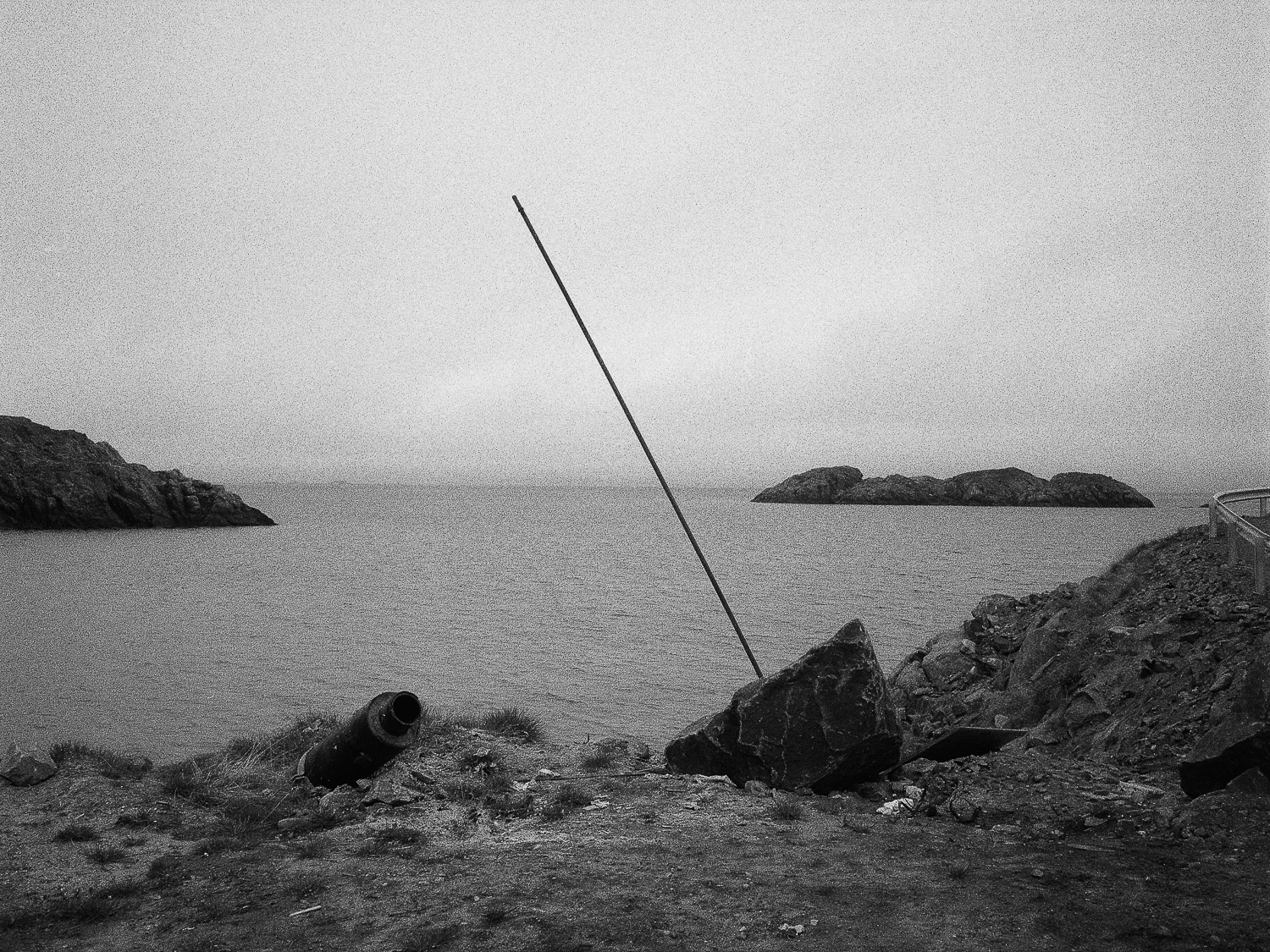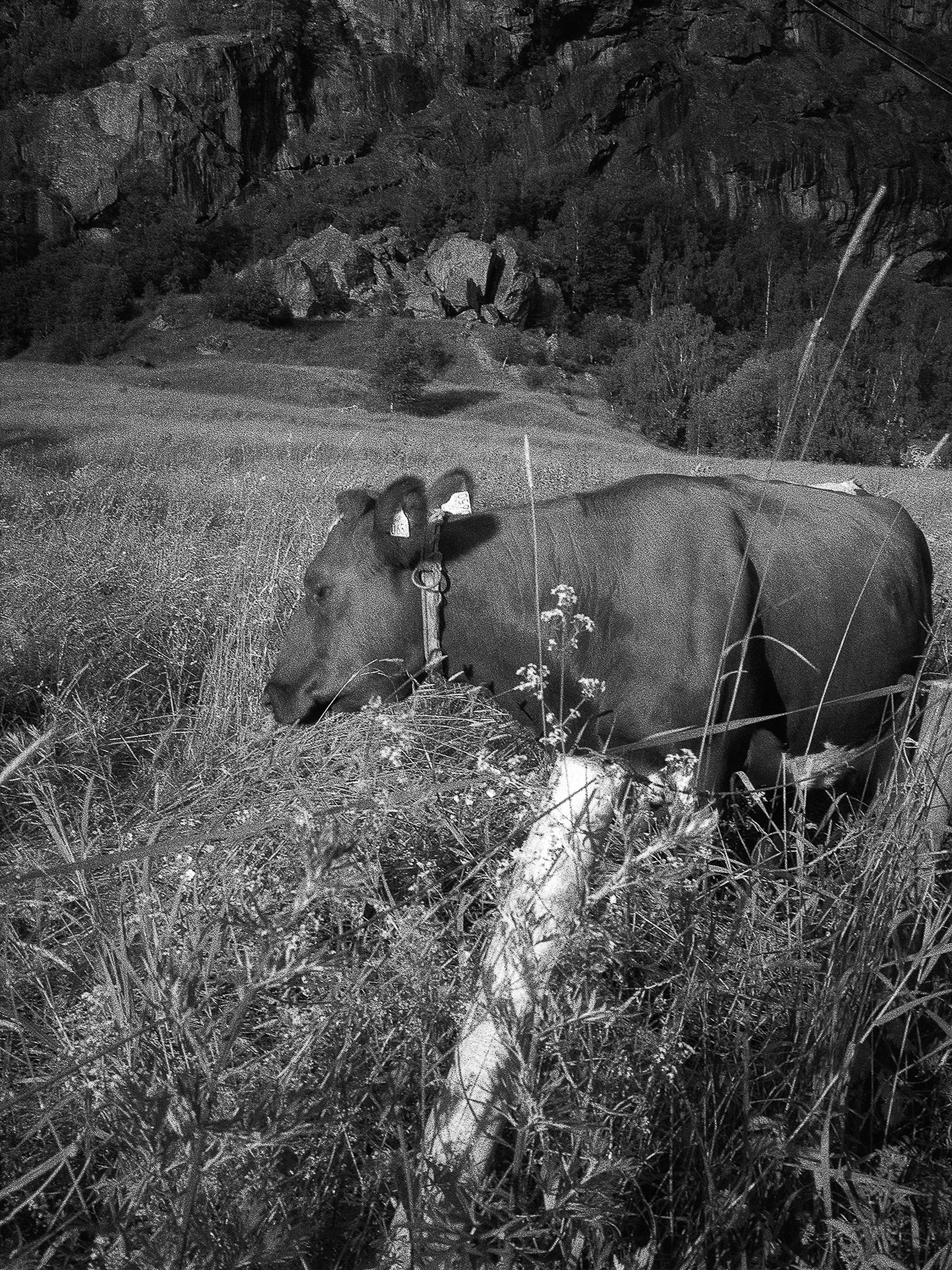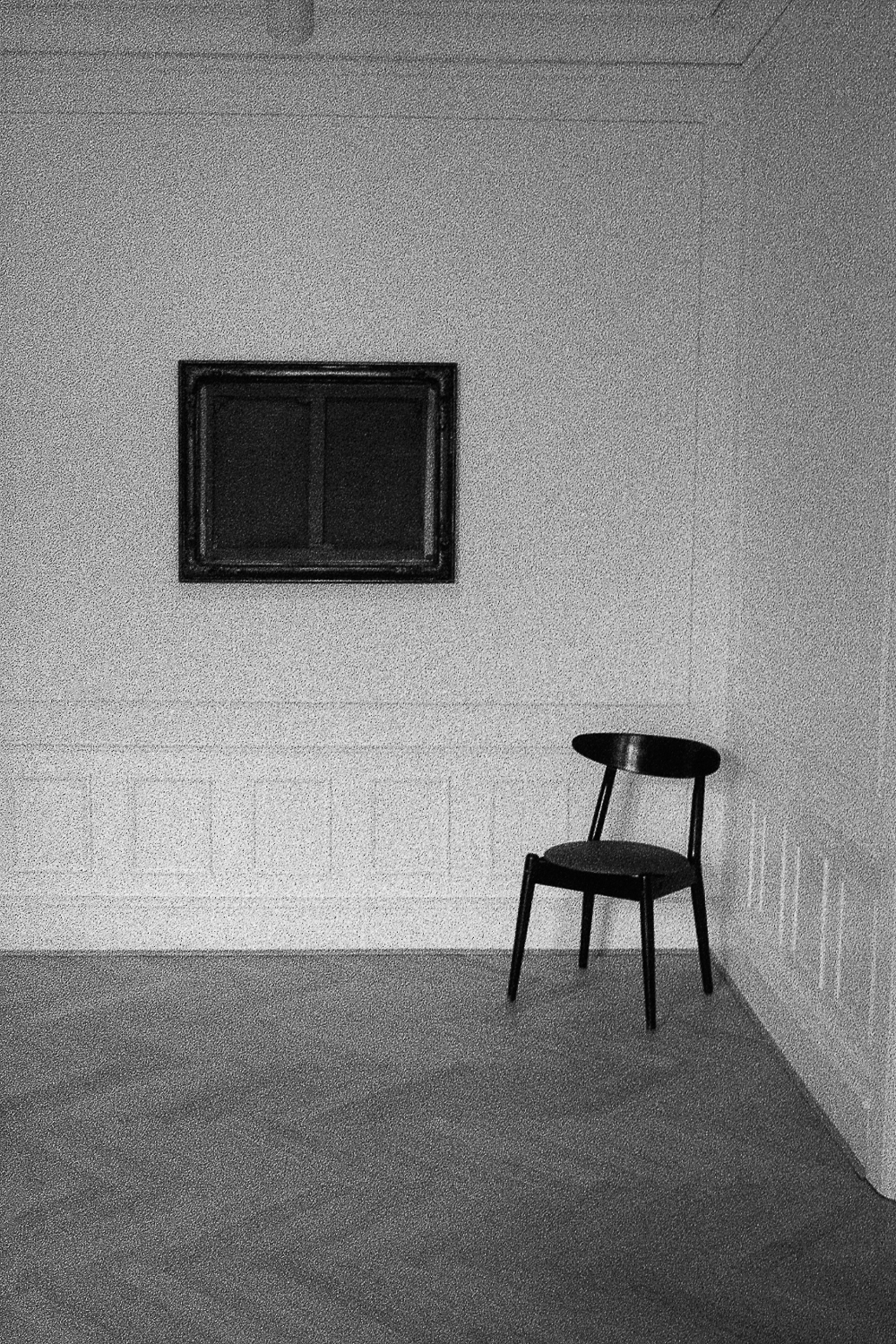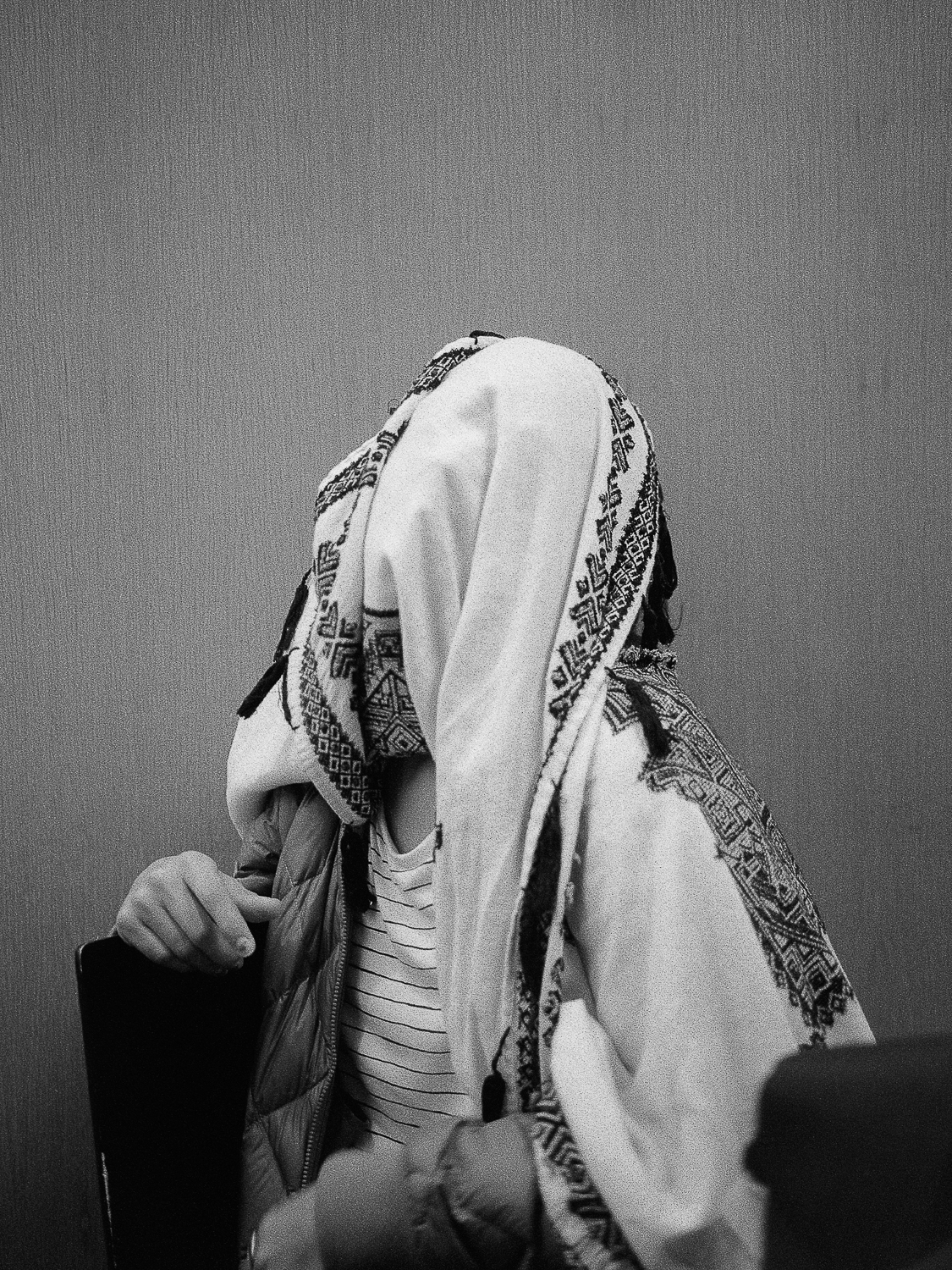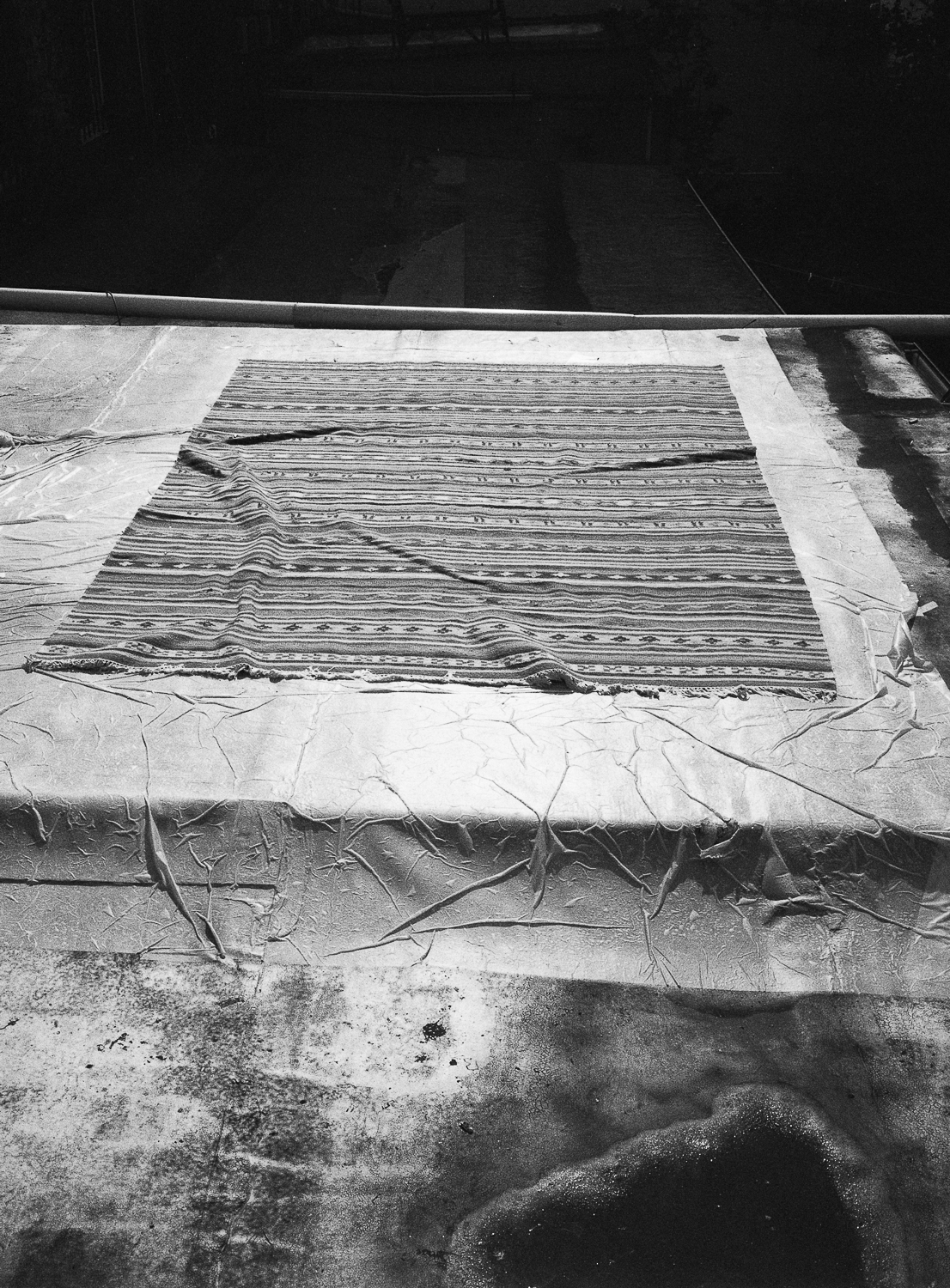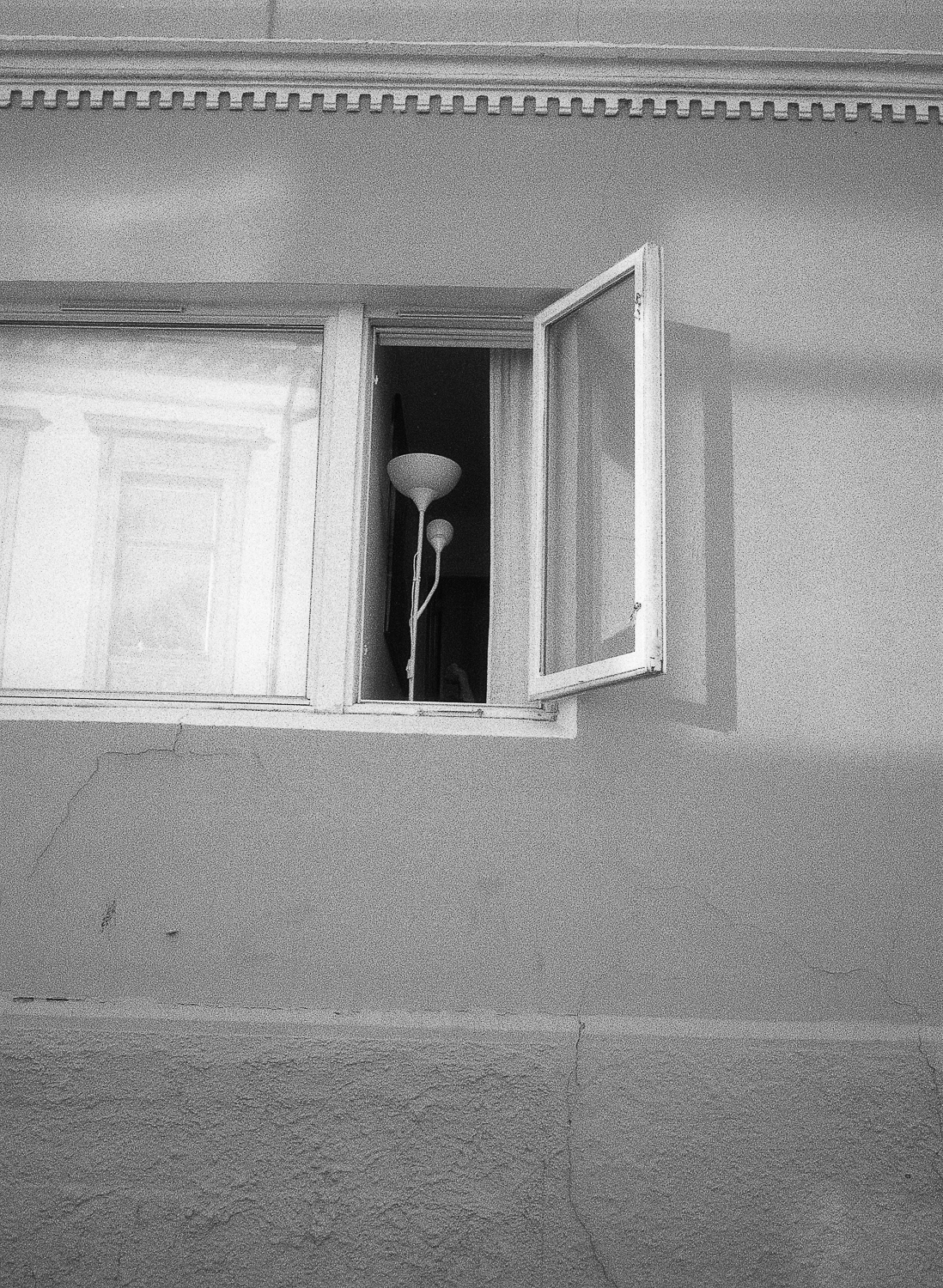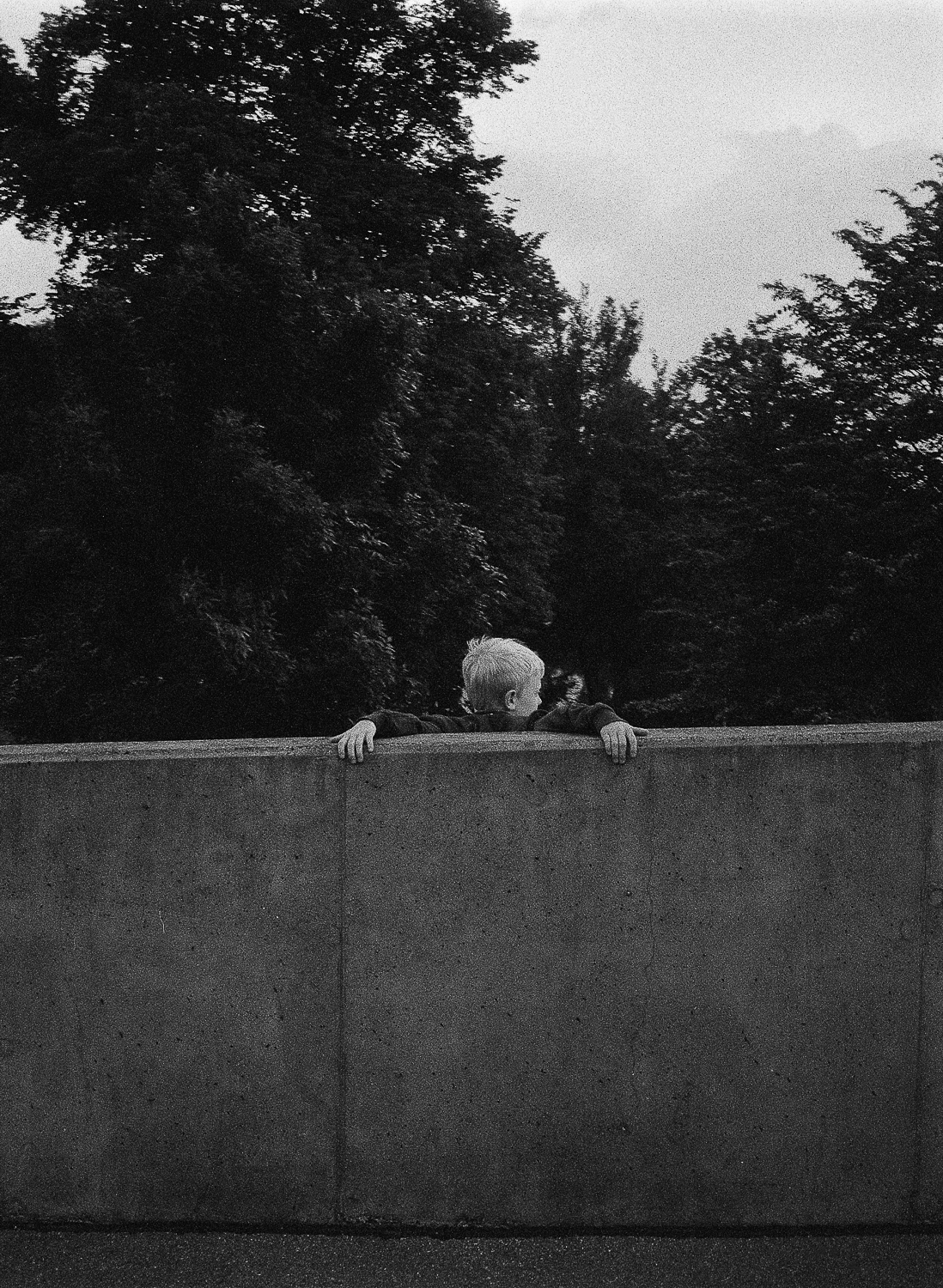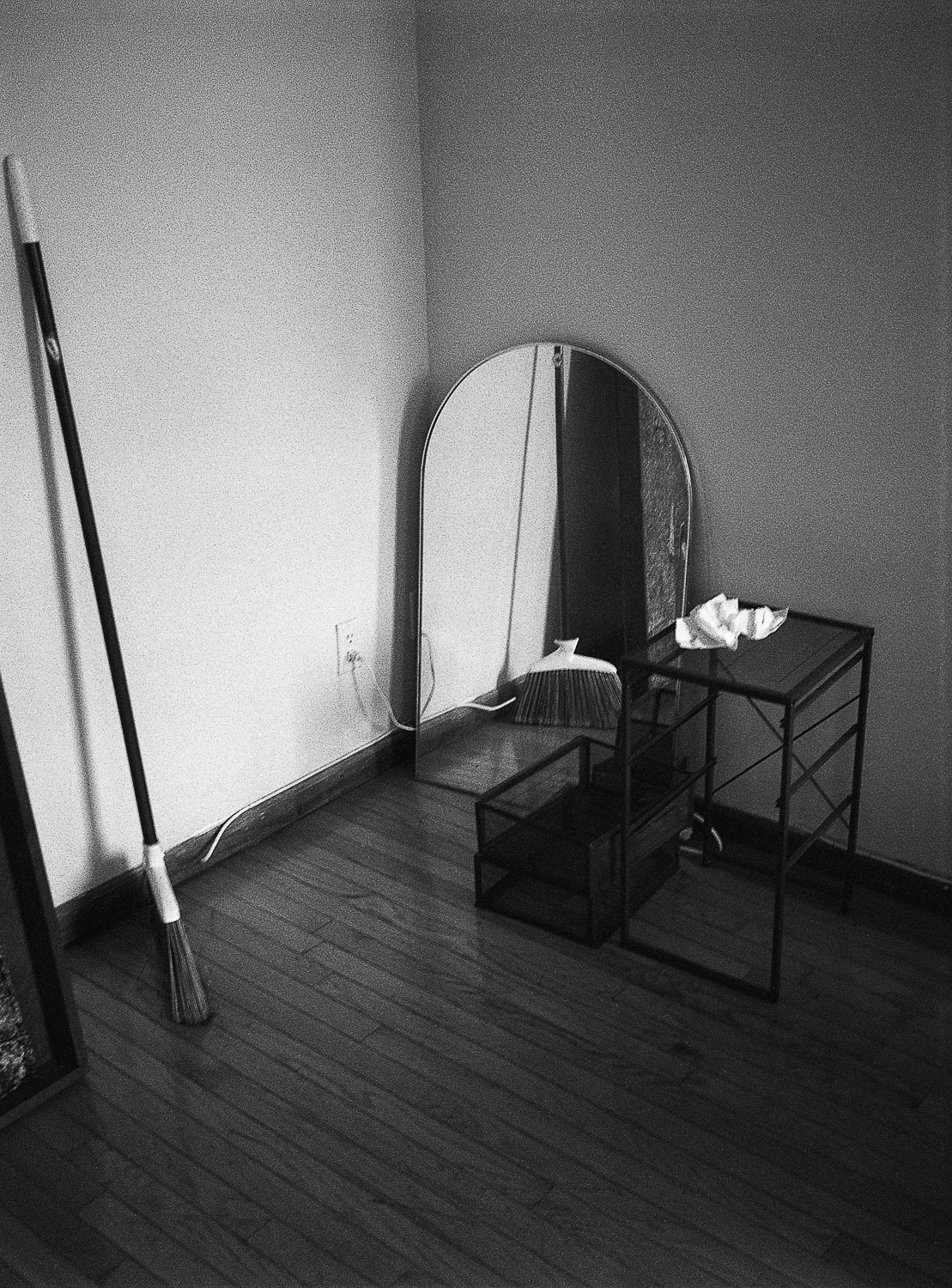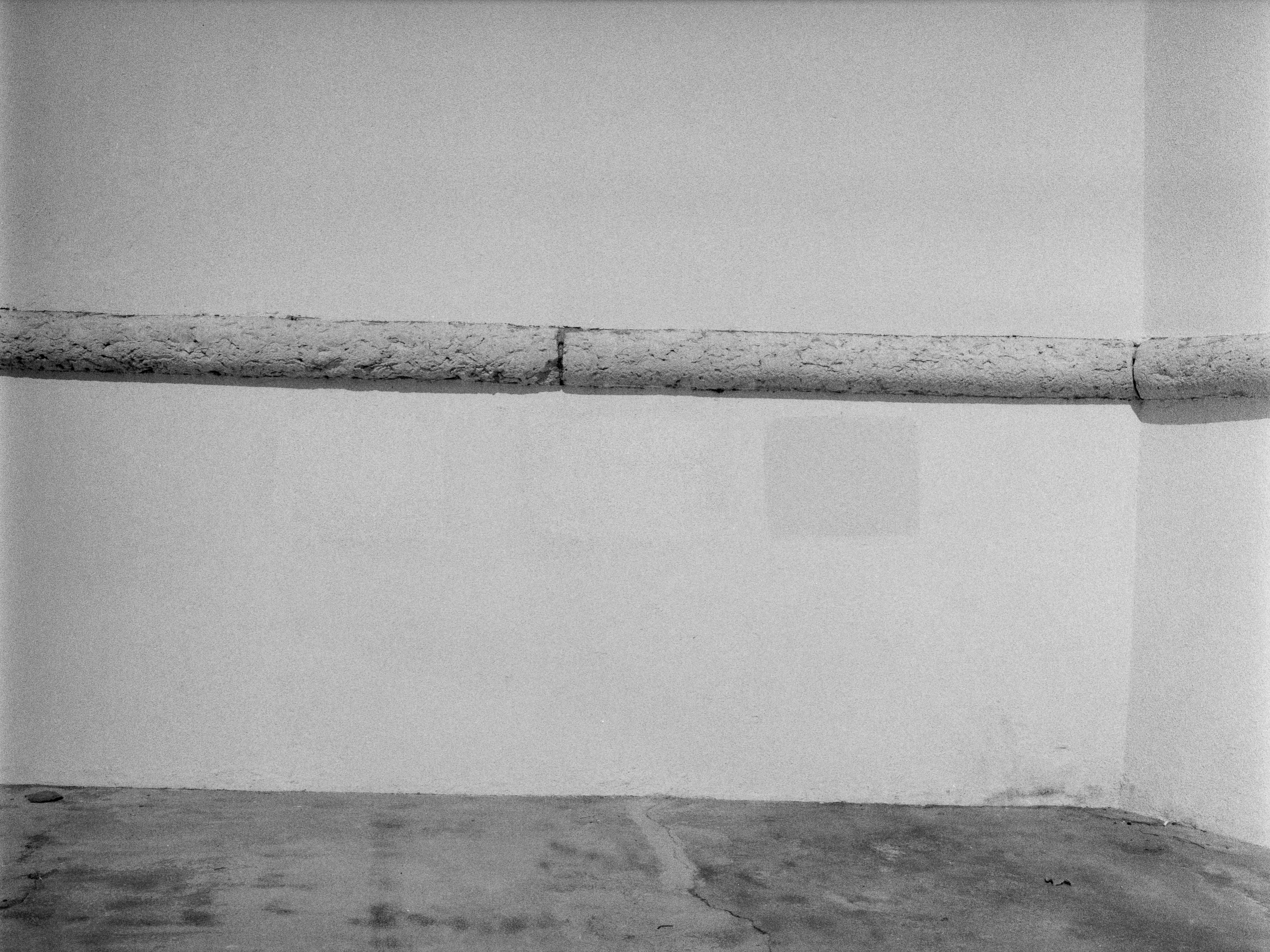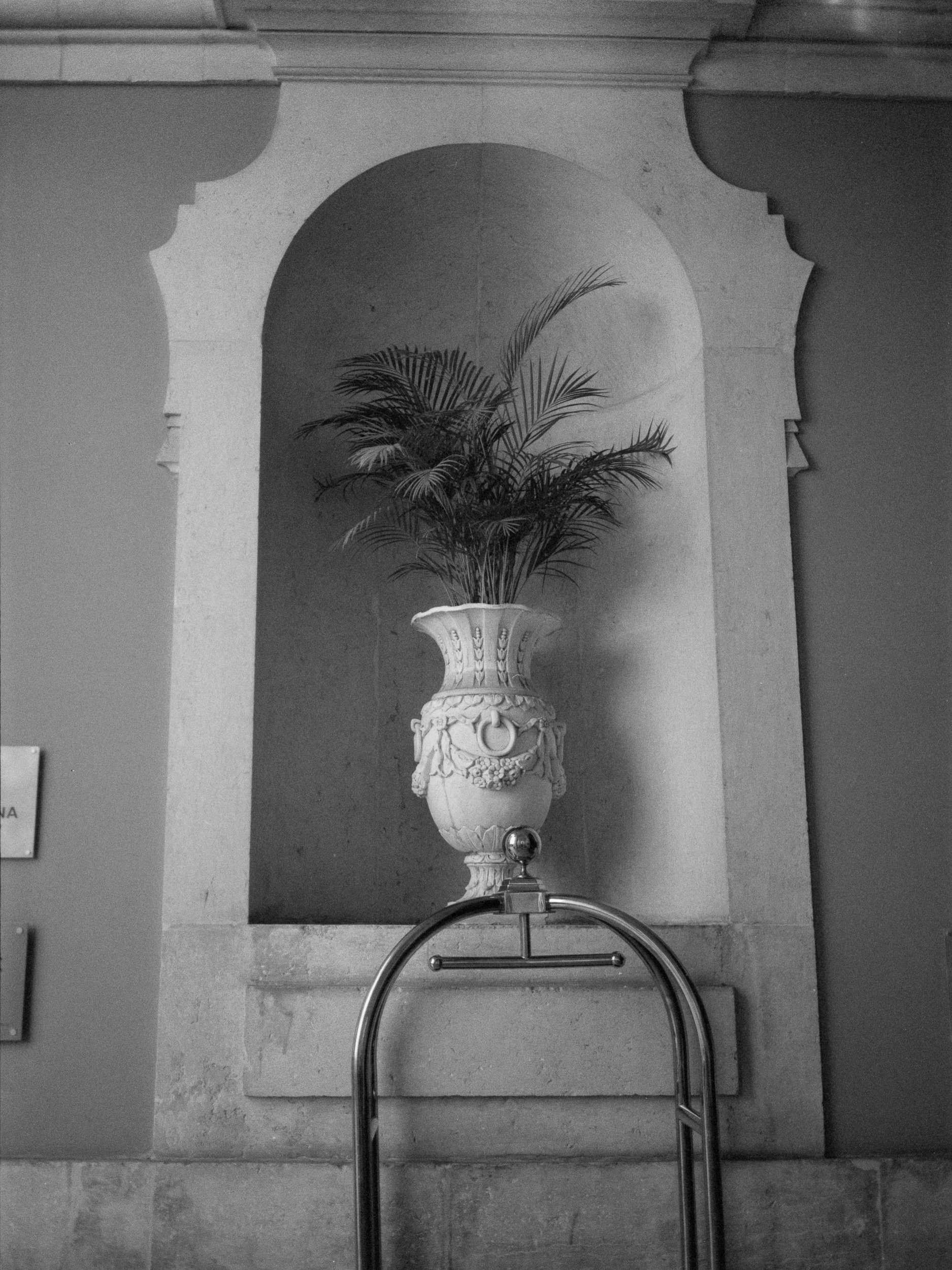nãooriginais
nonoriginals
Quando os objetos deixam de ser objetos? Ou devo perguntar: quando começamos a objetificar var as coisas?
When do objects stop being objects? Or should I rather ask: when do we start objectifying things?
An object is its matter and its truth. However, in the west, we often halt at the idea of an object being something that has a very specific finality: to be looked at, to be used, etc. But an object is something that affects us. Its potential animation is precisely that: ours, meaning our capacity to abstract from its matter, to give it meaning. If we go back to the gestalt theory and consider its approach to form, we may suggest that every single object is potentially another object, for its nature is as subtle as it is impermanent.
To say that an object is an amalgamate of things is not the same as to say it is indefinite. When contemplating an object, one plays with abstraction and out interaction with it varies according to our and its context. When photography comes into the game and “reproduces” a certain object, we are once again confronted with its transience. There’s no such thing as a table “being just” a table, but that realization seems to be consolidated by the photographic register. Transforming perspective, dimension and placing the object under different lightning – changing its shapes and colours – certainly adds to it. But it goes far beyond that. To see an object as a picture is a guarantee that its meaning lies within us.
Igor’s exercise with the series nãooriginais is an affirmative one. With each picture, Igor plays with photographic morphology in order to transform the organisms within it. The grey and the grain are helpful in this exercise. They not only draw attention to the lines and contours that insistently create different objects, as they facilitate abstraction. There is a discourse in nãooriginais that is as contemporary as it can be; its statement is: no photography is but an image.
text by Sofia Silva for Propeller Magazine, from @helice_press
nonoriginals
Quando os objetos deixam de ser objetos? Ou devo perguntar: quando começamos a objetificar var as coisas?
Um objeto é sua matéria e sua verdade. No entanto, no ocidente, muitas vezes nos detemos na ideia de um objeto ser algo que tem uma finalidade muito específica: ser olhado, ser usado etc. Mas um objeto é algo que nos afeta. Sua animação potencial é justamente essa: nossa, ou seja, nossa capacidade de abstrair de sua matéria, de lhe dar sentido. Se voltarmos à teoria da gestalt e considerarmos sua abordagem da forma, podemos sugerir que cada objeto é potencialmente outro objeto, pois sua natureza é tão sutil quanto impermanente.
Dizer que um objeto é um amálgama de coisas não é o mesmo que dizer que é indefinido. Ao contemplar um objeto, joga-se com a abstração e nossa interação com ele varia de acordo com o nosso e seu contexto. Quando a fotografia entra em jogo e “reproduz” determinado objeto, somos novamente confrontados com sua transitoriedade. Não existe mesa “ser apenas” mesa, mas essa constatação parece ser consolidada pelo registro fotográfico. Transformar perspectiva, dimensão e colocar o objeto sob diferentes relâmpagos – mudando suas formas e cores – certamente contribui para isso. Mas vai muito além disso. Ver um objeto como uma imagem é uma garantia de que seu significado está dentro de nós.
O exercício de Igor com a série nãooriginais é afirmativo. A cada foto, Igor brinca com a morfologia fotográfica para transformar os organismos que a compõem. O cinza e o grão são úteis neste exercício. Eles não apenas chamam a atenção para as linhas e contornos que insistentemente criam objetos diferentes, como facilitam a abstração. Há um discurso nos não originais que é tão contemporâneo quanto pode ser; sua afirmação é: nenhuma fotografia é senão uma imagem.
texto por Sofia Silva para Propeller Magazine, da @helice_press
When do objects stop being objects? Or should I rather ask: when do we start objectifying things?
An object is its matter and its truth. However, in the west, we often halt at the idea of an object being something that has a very specific finality: to be looked at, to be used, etc. But an object is something that affects us. Its potential animation is precisely that: ours, meaning our capacity to abstract from its matter, to give it meaning. If we go back to the gestalt theory and consider its approach to form, we may suggest that every single object is potentially another object, for its nature is as subtle as it is impermanent.
To say that an object is an amalgamate of things is not the same as to say it is indefinite. When contemplating an object, one plays with abstraction and out interaction with it varies according to our and its context. When photography comes into the game and “reproduces” a certain object, we are once again confronted with its transience. There’s no such thing as a table “being just” a table, but that realization seems to be consolidated by the photographic register. Transforming perspective, dimension and placing the object under different lightning – changing its shapes and colours – certainly adds to it. But it goes far beyond that. To see an object as a picture is a guarantee that its meaning lies within us.
Igor’s exercise with the series nãooriginais is an affirmative one. With each picture, Igor plays with photographic morphology in order to transform the organisms within it. The grey and the grain are helpful in this exercise. They not only draw attention to the lines and contours that insistently create different objects, as they facilitate abstraction. There is a discourse in nãooriginais that is as contemporary as it can be; its statement is: no photography is but an image.
text by Sofia Silva for Propeller Magazine, from @helice_press
2017 - agora (now)
![]()
![]()
![]()
![]()
![]()
![]()
![]()
![]()
![]()
![]()
![]()
![]()
![]()
![]()
![]()
![]()
![]()
![]()
![]()
![]()
![]()
